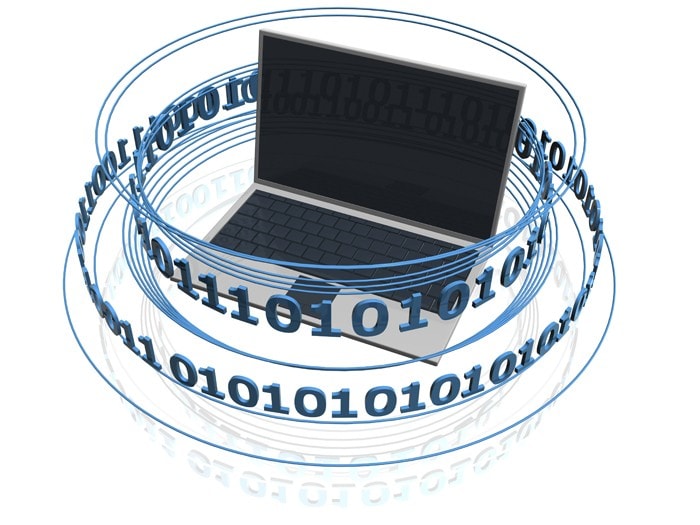A new arms race
Regulators are using big data analytics for ensuring commodity market compliance - you should too
By Ian Jones, Senior Strategist for Energy Risk, SAS
A risk manager’s traditional worries about volatile commodity prices and worldwide economic cycles have been trumped by a fresh new concern: Commodity market regulators can now monitor trading activity at a pace fast approaching real time.
Surprisingly, rogue trading and dodgy deals are not the only reasons chief risk officers worry. The Dodd-Frank Act and similar European laws allow regulators such as the Commodity Futures Trading Commission to shine a bright light into the once-unregulated commodity swaps market. Regulators’ zeal for this task, and the heft of the fines and penalties already doled out, have brought trade surveillance into sharp focus for risk managers. Staying ahead of innocent compliance errors – and quickly identifying the occasional bad actor from within – is now part of an analytics arms race with regulators.
Companies must gain new analytic capabilities to monitor their trading floor while simultaneously identifying and defending legitimate activities that might be misconstrued by regulators.
Analytics define the marketplace
Regulators are arming themselves with the technological know-how to identify traders who manipulate financial and commodity markets for their own gain at the expense of a fair and efficient marketplace. Defending the markets against such manipulation can help prevent the next market meltdown, or so the thinking goes.
But scrupulous organizations are concerned that their legitimate trading activities, which sometimes occur in great volume and with a peculiarity essential to their business needs, might be flagged in regulators’ ongoing surveillance sweep for malfeasance. Companies must gain new analytic capabilities to monitor their trading floor while simultaneously identifying and defending legitimate activities that might be misconstrued by regulators.
Recent busts demonstrate why trading organizations need these specialized analytics tools:
- To keep pace with regulators’ abilities.
- To substantiate the propriety of their trading practices.
- To ferret out illicit activities inside their enterprise.
The need to engage analytics is even more imperative because every company relies on its traders to make the best possible deal at the most opportune time, within legal and regulatory bounds. But risk officers can’t be everywhere at once. And given the sophistication of trading software and global markets, where algorithms and computational speed run huge sums of money through the financial system, the ability to simply monitor daily run-sheets won’t much impress regulators who are now using big data analytics themselves.
Mind your milliseconds
Consider for a moment the new millisecond environment of the global marketplace and the challenges it poses to a risk manager.
In 2011, Michael Coscia, an oil futures trader, programmed computers to place fake sell and buy orders that would cancel themselves after moving the market low enough for his real orders to trigger. Coscia’s program caused futures markets to adjust long enough for an advantageous order to be placed, only to be liquidated immediately afterward at a profit – all within milliseconds, over and over again each day. These small and hard-to-detect trades brought in less than $400 each, but their high frequency over six weeks netted Coscia $2.7 million profits. Regulators put a stop to his spoofing by using big data programs assigned to interpret ubiquitous time-stamping data. Coscia was fined $3.1 million.
Another example occurred in Chicago in September 2013. Trading systems in Chicago were able to front-run gold trades in New York, by a mere five to seven milliseconds, after an “early” release of Federal Open Market Committee news from Washington DC. The physical distance the news had to travel should have made it impossible, but the embargoed news release somehow hit Chicago quicker than it did New York.
These types of trading anomalies are precisely those sought by all traders to give their organization an edge. It’s the job of the risk management team to put systems and processes in place that allow traders to capitalize on the opportunities while ensuring that compliance with the intent of Dodd-Frank to dismantle market manipulation.
Preserving presumptions of innocence
With their new mandates and increased funding, regulators have promised to do whatever is necessary to uncover any market anomalies and outliers, then respond with all the punitive might they can muster.
In this new environment, industry self-surveillance is becoming a best practice.
High-profile financial penalties and prohibitions from trading have convinced companies not to wait for regulators to bring questionable activities to their attention. A better regulatory response, is to actively monitor your own trading desks and the market, ensuring nothing traders do can be viewed as out of compliance. As companies come to realize just how unique their own trading activities are, they also need to ask how regulators might perceive these distinct business practices. Calling the regulator before they call you may be the best course of action.
Regulators are looking for and finding suspicious needles in mountainous data haystacks and asking how they got there. They may, for example, ask a corporate compliance officer for additional information to drive an analytics-based investigation – due not to the company’s own activities but those of its trading counterparties. Having systems in place to monitor traders’ every market-engaging activity – even small-dollar, small-volume trades or friendly relations with a reporter – while also watching counterparty activities and overall market movement is key to success in the current environment. Without that level of insight, the risk manager may not grasp the regulators’ view of the bigger market picture in relation to his shop’s trading activities.
In this era of the analytics arm race, those with the best analytical models win. It is no longer safe to assume that only market participants have the funding and incentive to find the best analytics and modeling techniques. Regulators have made clear their new analytical prowess and the potentially expensive mistake of underestimating their oversight or failing to keep pace with their capabilities.
